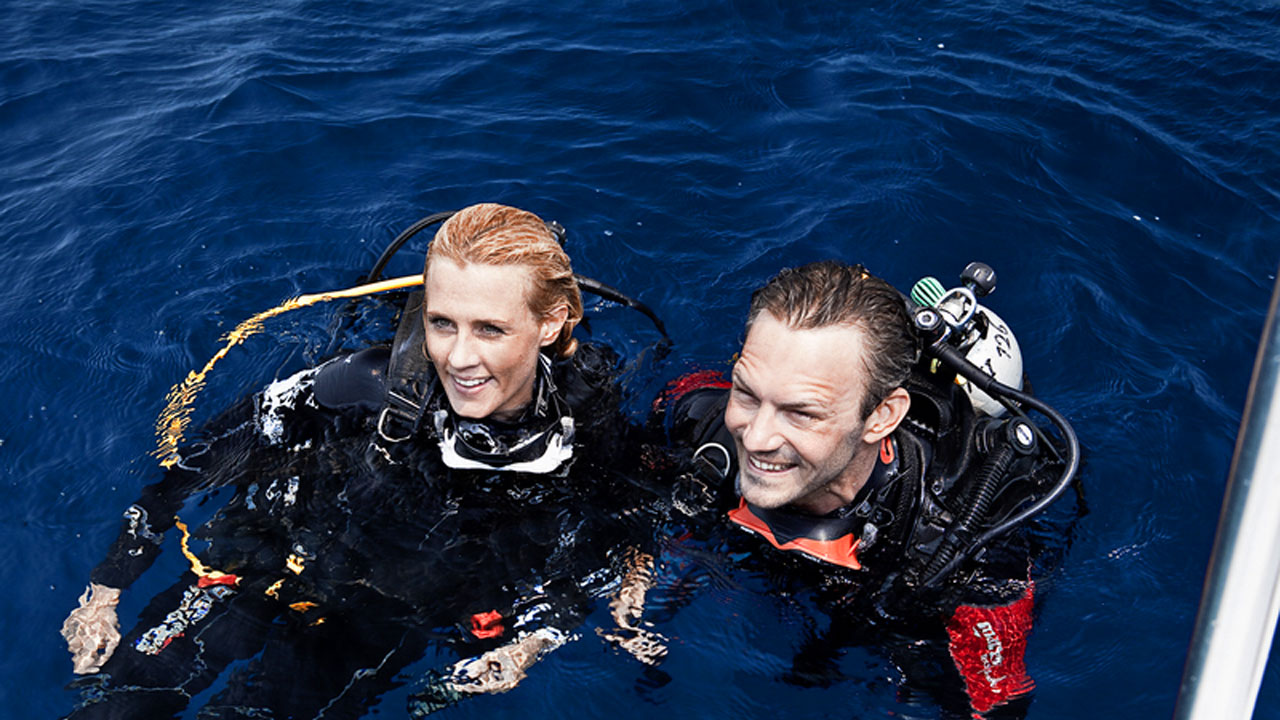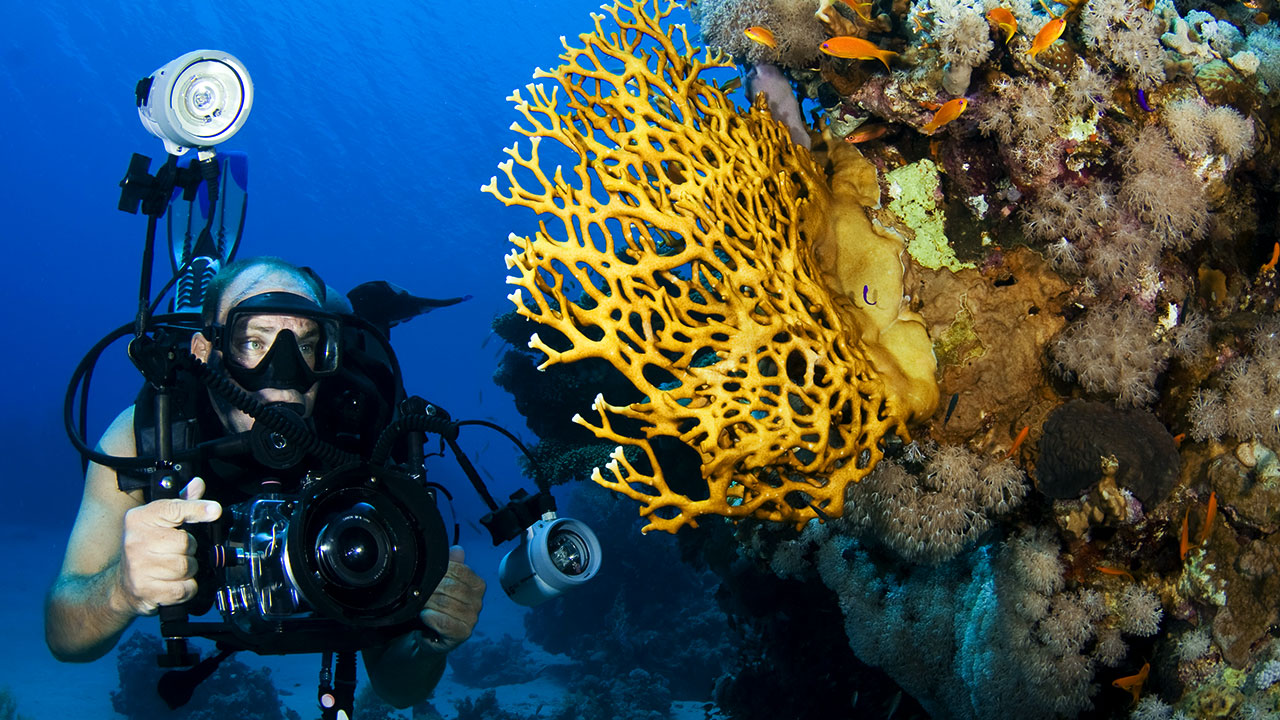Rescue Diver Course
Today I am going to talk about the rescue diver course. A few years ago I took the rescue course and after I completed it I felt I should have taken it much sooner than when I did. In the NAUI Open water course, students are taught the basic principles of the scuba rescue, in the rescue course this simple rescue is expanded.
It all starts with the pre-requisites, CPR, First Aid, and O2 administration certification, if someone is going to truly call themselves a rescue diver they better be able to provide assistance when needed. The next step is the Classroom, here is where the fun starts. Part of the rescue course is that divers will learn to start seeing problems before they ever happen, this is why all divers wishing to move into the divemaster ranking must have rescue completed. Divers are also taught how to react in an emergency situation.
The next step is to the open water where over a two day period divers will learn what it truly takes to be called a rescue diver. The first part is testing out basic skills and moving to basic rescue skills such as an out of air emergency. From there, divers are taught numerous towing techniques for divers in need. This usually leads to a few laps in the water but really solidifies the need to learn the skills. Divers then exit the water and prepare for the second dive. The second dive is learning how to use everyone that is around you for the use of the emergency, it starts off with learning how to defend a panicked diver if they were to ever come after you and learning things that you can do to prevent them from grabbing onto you and harming you. Once that is completed the divers are given situations and tasks, each diver is given a chance to be the one in charge for each emergency. Then once everything has finished the group is assigned to find a "missing" diver. Once this drill is completed the group heads out of the water, debriefs and heads home for some much-needed rest.
Day Two starts with the divers using their newly acquired skills in learning to spot a problem before it happens, divers are instructed to walk around a group of divers assemble for another dive and see if they can spot anything that may go wrong. Once the dive starts one member of the group is instructed to be a "victim" about halfway through the dive, the other team members must act in the same way as if it was a real emergency.
Of all the courses I have ever taken the rescue has by far taught me some of the best information I have ever received. If you're interested in the rescue course, call the shop or stop in and you can learn more about what it offers.
Til Next Time
Alex




